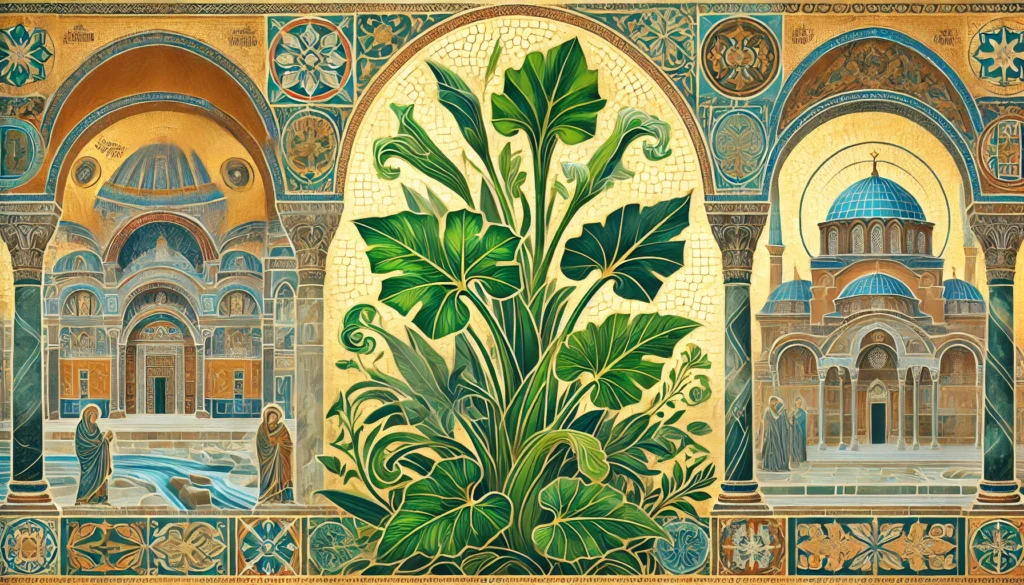

Home » Cat Plants » The Harm Green Gold Naphthysis Plants Can Cause to Cats

Green Gold Naphthysis, also known as Nephthytis, Arrow-Head Vine, African Evergreen, Trileaf Wonder, or Goosefoot plant, is a common houseplant that is highly toxic to cats.
This plant contains insoluble calcium oxalate crystals which can cause severe irritation and inflammation in a cat’s mouth, throat, and digestive tract if ingested. Green Gold Naphthysis is often found as an indoor ornamental plant in homes and offices.
Ingestion may cause mild gastrointestinal upset, but is generally not life-threatening.
Ingestion can result in mild symptoms like vomiting, diarrhea, or drooling. Rarely fatal but may require veterinary care.
Eating these plants can lead to more pronounced symptoms like abdominal pain, lethargy, or difficulty breathing. Veterinary intervention may be necessary.
Ingesting even small amounts can cause severe symptoms like organ damage, seizures, or cardiac failure without rapid treatment.
All parts of these plants are extremely poisonous to cats and can quickly lead to death, even with immediate veterinary care.
** Please note: Please note that toxicity level can vary based on the amount ingested and the specific cat. It's always best to keep these plants completely inaccessible to cats and seek immediate veterinary care or call the poison hotline if you suspect your cat has ingested any part of a toxic plant.
If a cat bites into or ingests any part of the Green Gold Naphthysis plant, the calcium oxalate crystals are released and immediately begin to irritate the cat’s mouth and digestive tract tissues. Symptoms of poisoning can include:
If you suspect your cat has ingested Green Gold Naphthysis, take them to a veterinarian immediately. The vet will likely perform the following steps to diagnose plant poisoning:

A: Yes, Green Gold Naphthysis is toxic to cats. Ingesting this plant can cause symptoms like vomiting, drooling, and difficulty swallowing.
A: Symptoms of Green Gold Naphthysis poisoning in cats include oral irritation, excessive drooling, and vomiting. Cats may also experience difficulty swallowing and lethargy.
A: If your cat has ingested Green Gold Naphthysis, seek immediate veterinary care. Treatment often involves rinsing the mouth and providing supportive care to alleviate symptoms.
A: Yes, other plants like Philodendron and Dieffenbachia are also toxic to cats. It’s crucial to keep these and other harmful plants out of reach of your pets.
A: To prevent your cat from eating Green Gold Naphthysis, place the plant in an area inaccessible to your cat or choose pet-safe plants. Providing alternative chew toys and engaging activities can also help deter your cat from chewing on houseplants.
A: If your cat shows signs of poisoning after eating Green Gold Naphthysis, contact your veterinarian immediately. Prompt treatment is essential to alleviate symptoms and prevent serious health issues.
Green Gold Naphthysis (Syngonium podophyllum) is native to the tropical regions of Central and South America. It was first described by German-Dutch botanist Heinrich Wilhelm Schott in 1829.
The plant gained popularity as an ornamental houseplant in the mid-20th century due to its attractive foliage and tolerance for low-light conditions. However, its toxicity to pets, especially cats, has become more widely recognized in recent years, leading many pet owners to avoid keeping this plant in their homes.
Please note: The information shared in this post is for informational purposes only and should not be considered as veterinary medical advice.
🐾 A hilarious or heart-melting cat video
🐾 Our latest paws-on review of a cool cat toy